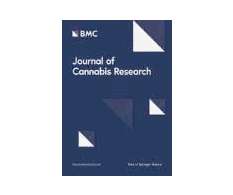‘I feel almost the same as before I was diagnosed with fibromyalgia’
The Cannigma
APRIL 14, 2021
While studying for her PhD at the University of Texas Southwestern in 2006, she was assigned a paper about how cannabinoids affect the brain. I probably Spidermanned myself but instead of superpowers I just got super chronic pain,” Dr. Ross said. She has also used cannabis suppositories to treat pelvic pain. “We











Let's personalize your content